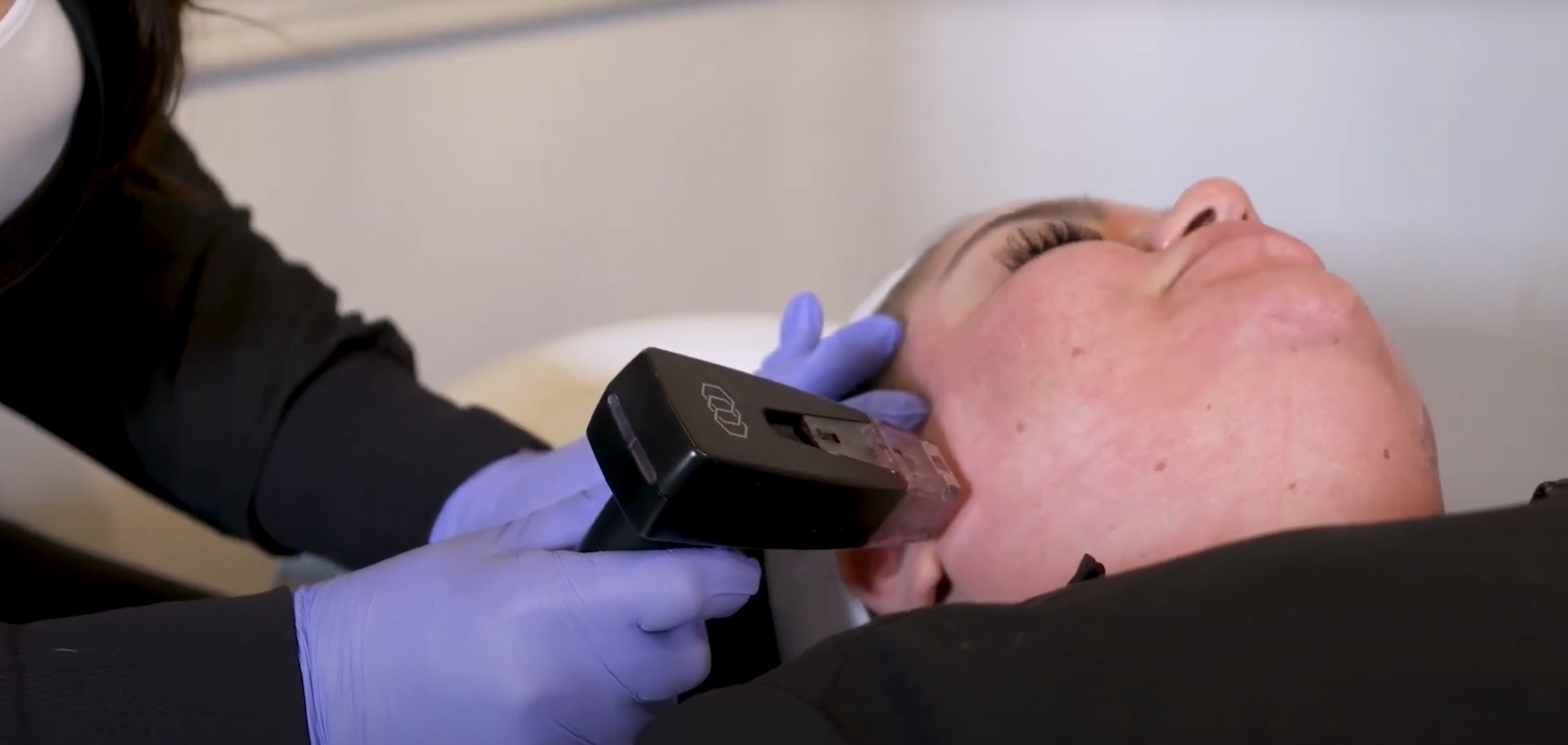Laser hair removal is an increasingly popular method to reduce and eliminate unwanted hair growth. It leverages the power of laser light to target and destroy hair follicles, resulting in significantly reduced hair growth over time. However, is laser hair removal suitable for everyone?
Who Qualifies for Laser Hair Removal?
The truth is, laser hair removal is appropriate for a broad spectrum of individuals, covering most skin and hair colors. However, there are exceptions. Understanding these outliers and the science behind the procedure can help determine whether this treatment is a good fit for you.
Ideal Candidates for Laser Hair Removal
Those who make the best candidates for laser hair removal are individuals with light skin and dark, coarse hair. The contrast between skin and hair color allows the laser to penetrate easily, targeting the hair follicle without damaging the surrounding skin.
Outliers in Laser Hair Removal
While the spectrum of people who can benefit from laser hair removal is broad, there are outliers. Here are a few instances where laser hair removal may not be as effective:
- The Issue with Very Light or White Hair: The pigment (melanin) in the hair is what the laser targets during treatment. White or very light blonde hair, which has little to no melanin, can be difficult to treat with laser hair removal.
- Why Red Hair May Be an Issue: Similar to white or light blonde hair, red hair can pose a challenge due to its unique pigment composition. Light red hair or hair with light roots may be especially difficult to treat.
- The Paradox of Coarse Hair: While coarse, dark hair is usually ideal for laser hair removal, it can present a misconception. People might think that very thick, coarse hair might be more difficult to treat, but it’s actually the opposite. This hair type is an excellent candidate, unlike scant, sparse, or very fine hair, which may be harder for the laser to target effectively.
Science Behind Laser Hair Removal
Role of Melanin in Laser Hair Removal
The lasers used in hair removal procedures are designed to target the melanin in hair follicles. Melanin, the pigment that gives hair and skin its color, absorbs the laser light, which subsequently destroys the hair follicle, reducing hair growth.
Understanding the Effect of Different Wavelengths
Laser hair removal machines utilize different wavelengths to accommodate a range of hair and skin types. These wavelengths are able to focus their energy on the melanin in the hair root, ensuring effective hair reduction.
This outline provides a foundation for understanding who is suitable for laser hair removal. The journey to becoming hair-free is not instantaneous, nor is it a one-size-fits-all procedure. However, with advancements in technology and a clearer understanding of the process, more and more individuals can now benefit from this transformative treatment.
Journey to Hair Freedom
Average Number of Treatments Needed
For most, the journey to achieving smoother, hair-free skin is not an immediate one. Laser hair removal suitable for significant hair reduction typically requires an average of eight treatments. This is due to the fact that hair grows in cycles, and the laser can only target hairs that are in the active growth phase.
Dealing with Outliers
Despite the average number of treatments, there are outliers who may require additional sessions. Factors such as hair type, color, thickness, and the area of treatment can all impact the number of sessions needed to achieve desired results.
Advancements in Laser Hair Removal Technology
Limitations of Older Lasers
Past laser technology often fell short when it came to treating different skin types effectively. While they could treat light to medium skin tones, they struggled to treat darker skin tones without causing burns or damaging the skin.
New Generation of Lasers
The latest laser hair removal technology has made significant strides to address these shortcomings. These new lasers use a variety of wavelengths to safely treat a wider range of skin types without the risk of burns or damage to the skin.
Sciton BareHR
The Sciton BareHR, for example, has revolutionized the field. Equipped with multiple handpieces and multiple wavelengths, this laser can pass safely through the melanin in the skin to focus its energy on the melanin in the hair root, making laser hair removal suitable for a wider variety of skin tones.
Common Misconceptions
Misconception of Immediate Results
A common misconception is that results can be seen immediately after one session. However, as stated earlier, significant hair reduction requires multiple sessions, generally spread over a few months.
Seasonal Misconception
Many patients mistakenly believe they can achieve a hair-free summer with a session or two in the spring. Given the average treatment schedule, achieving optimal results takes time – usually over a year to a year and a half.
Tattoo Considerations in Laser Hair Removal
Another misconception is the notion that laser hair removal can be performed over tattooed skin. This is not true, as the laser can burn the ink, leading to skin damage. Always disclose any tattoos to your practitioner before undergoing treatment.
Importance of Choosing the Right Clinic
Ensuring Physician Ownership and Professional Training
When choosing a clinic for laser hair removal, it’s essential to opt for a physician-owned and operated clinic. These establishments ensure that the staff are licensed, properly trained, and can use the appropriate techniques for the safest and most effective treatment.
Risks Associated with Inadequate Training and Technique
Inadequate training and technique can lead to severe skin burns, ineffectiveness of the procedure, and even lasting damage. Therefore, it’s crucial to ensure that the clinic you choose meets the highest standards of professionalism and care.
Conclusion
As we draw to a close, it’s essential to recap and remember key points about making laser hair removal suitable and effective for you:
- Laser hair removal can be a transformative, efficient solution for hair reduction, ideal for most skin types and hair colors. However, there are outliers. Very light, red, or gray hair may pose challenges.
- Successful treatment typically requires six to eight sessions due to hair’s growth cycle. Some outliers might need more.
- Newer technology, like the Sciton BareHR, has significantly improved the range of skin types that can be effectively and safely treated.
- Be aware of misconceptions:
- Results are not immediate and typically take multiple sessions spread over a year to a year and a half.
- Laser hair removal cannot be performed over tattooed skin.
- When choosing a clinic, prioritize physician-owned and operated establishments to ensure appropriate professional standards and safety measures are upheld.
Laser hair removal is a significant investment in your self-confidence and convenience. Making informed decisions about your treatment plan can help you achieve the best results. By understanding the journey, acknowledging the advancements in technology, dispelling misconceptions, and ensuring you choose the right clinic, you can enjoy the benefits of laser hair removal and say goodbye to unwanted hair for good. If you have any questions, don’t hesitate to contact us.









